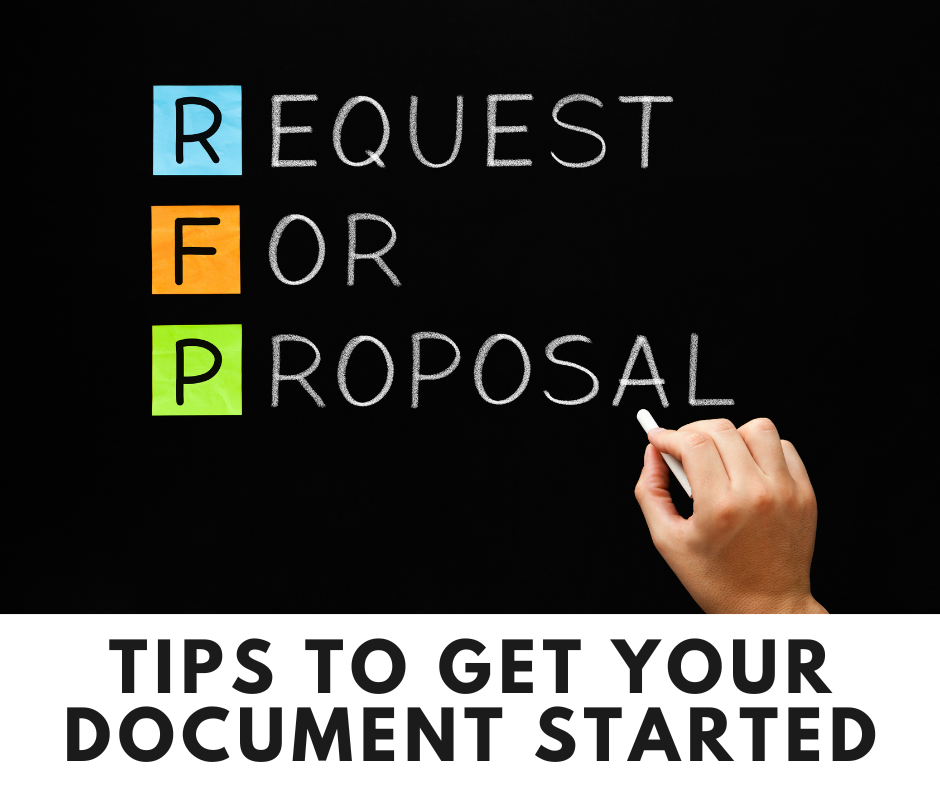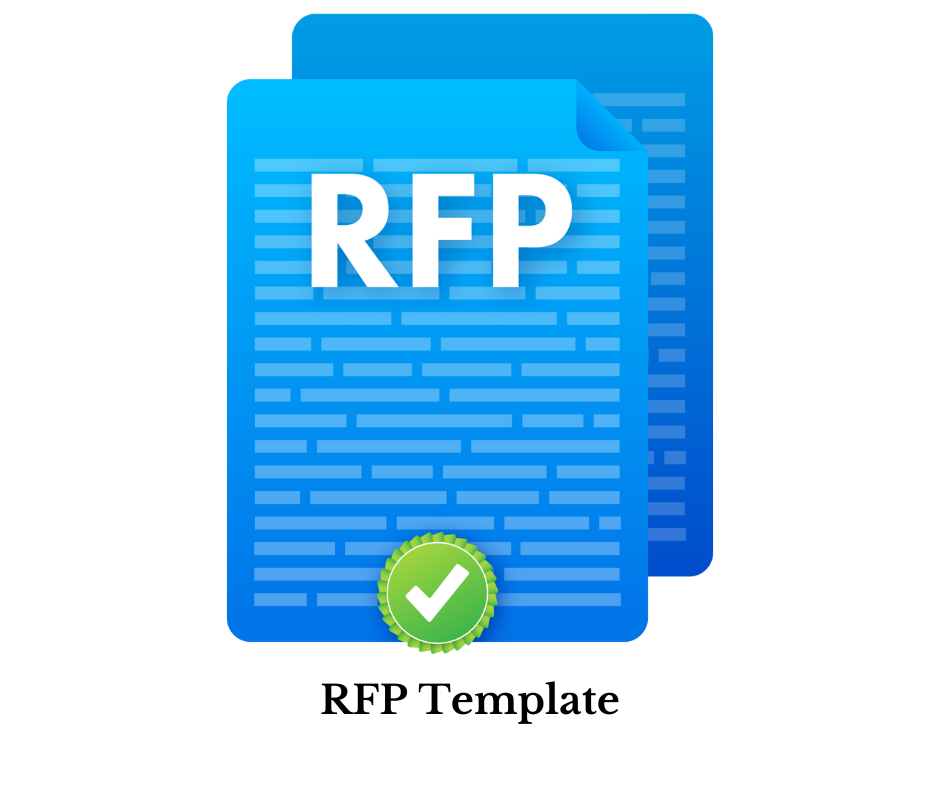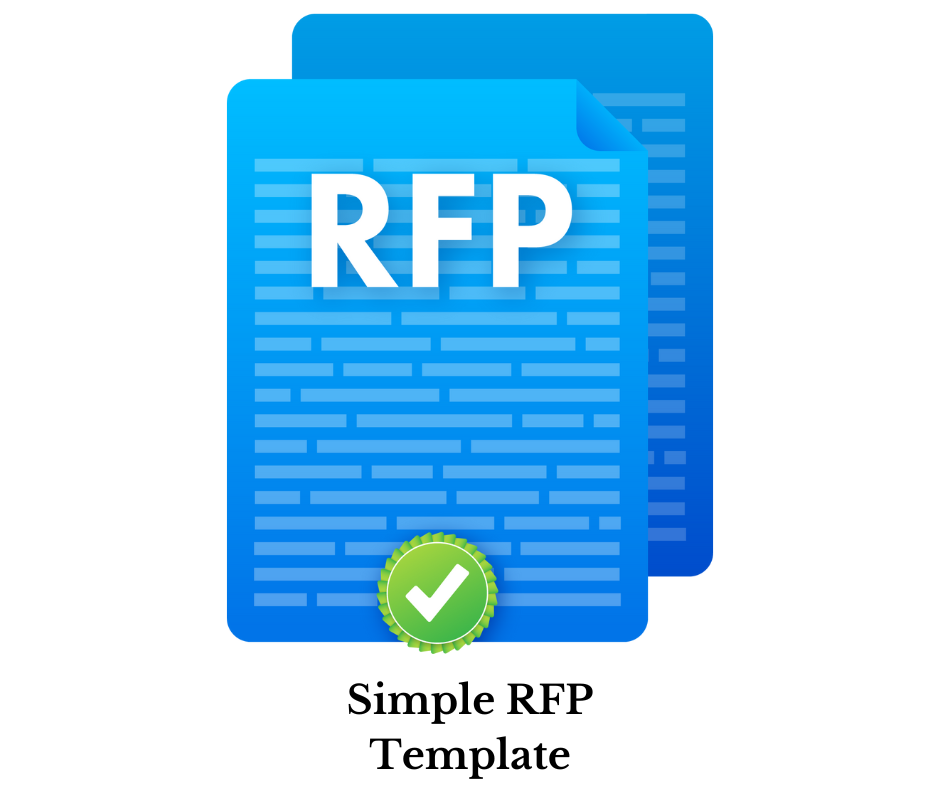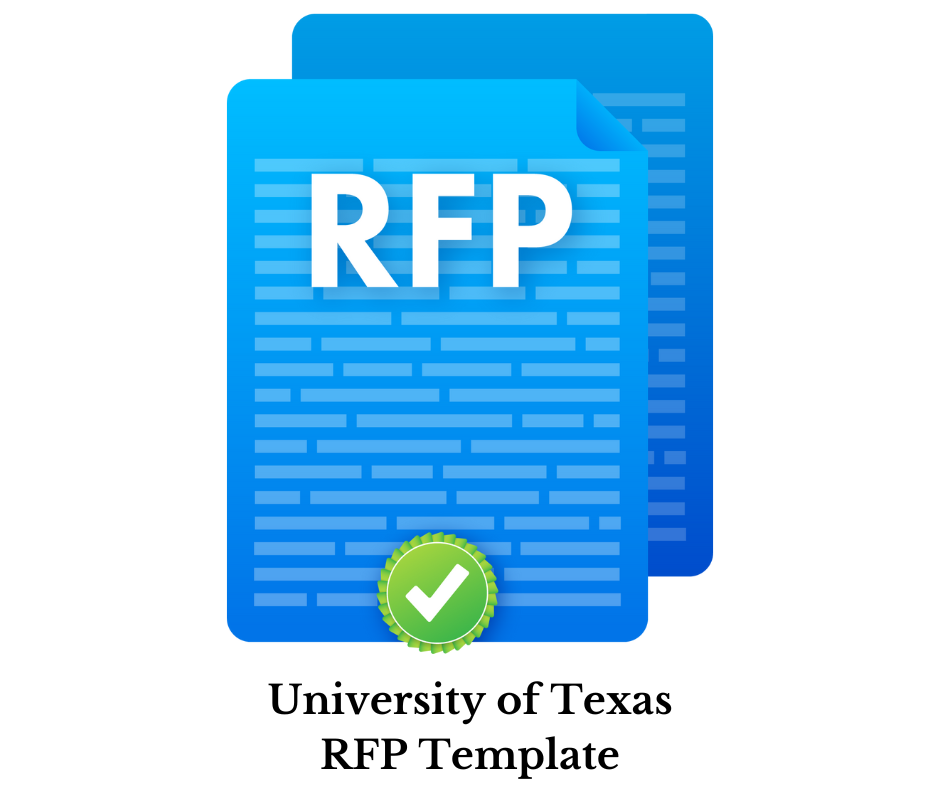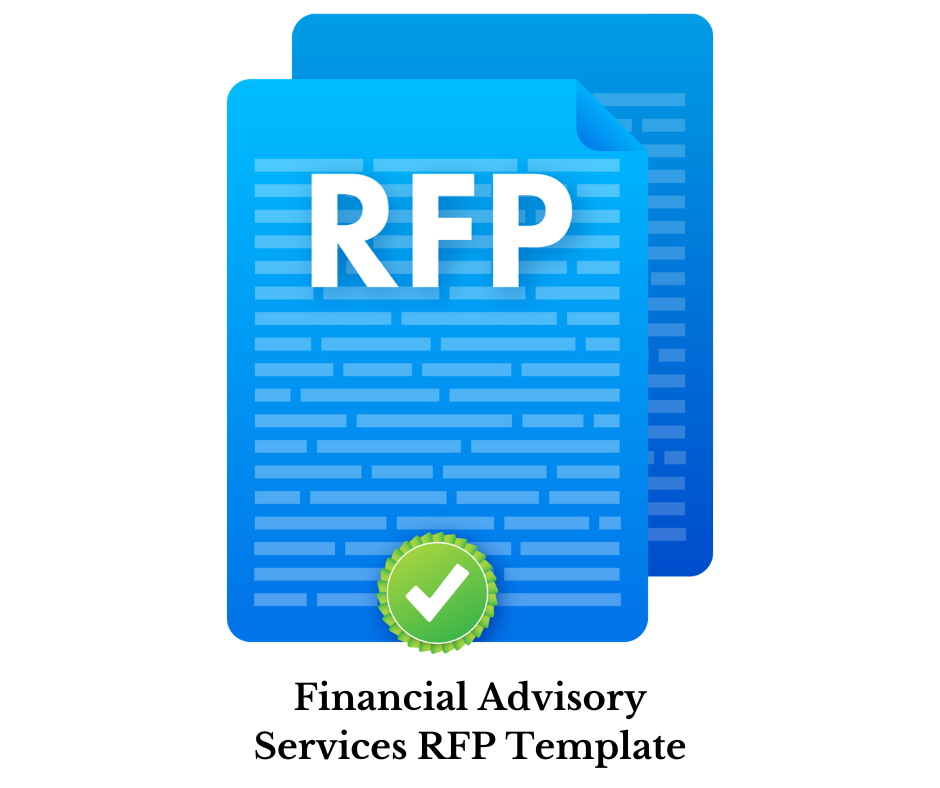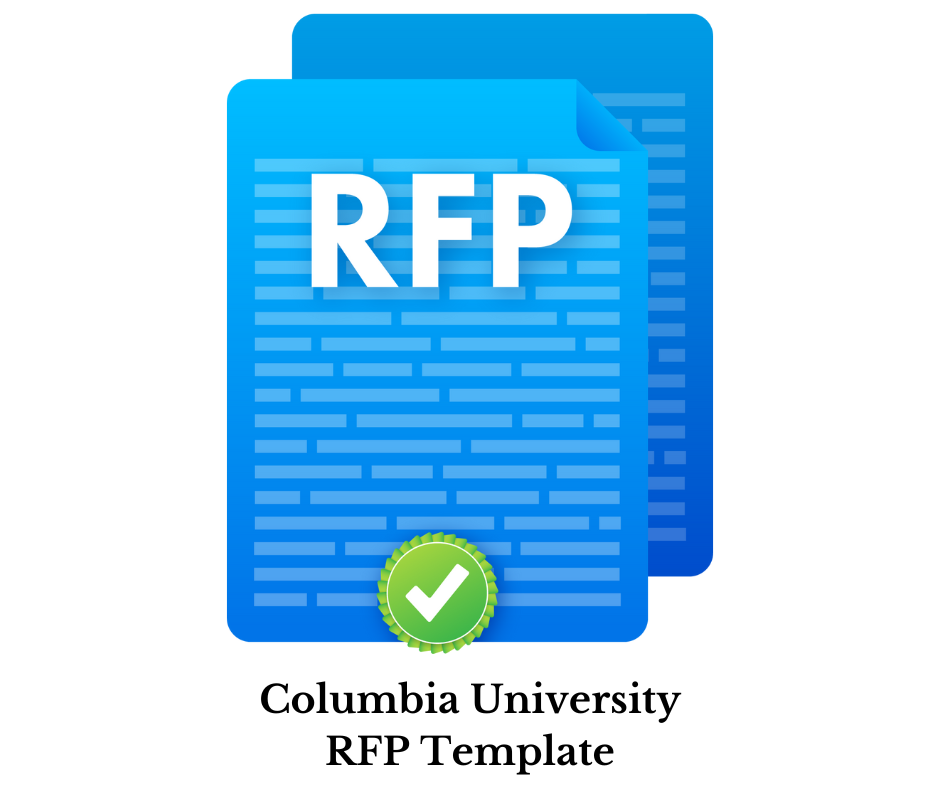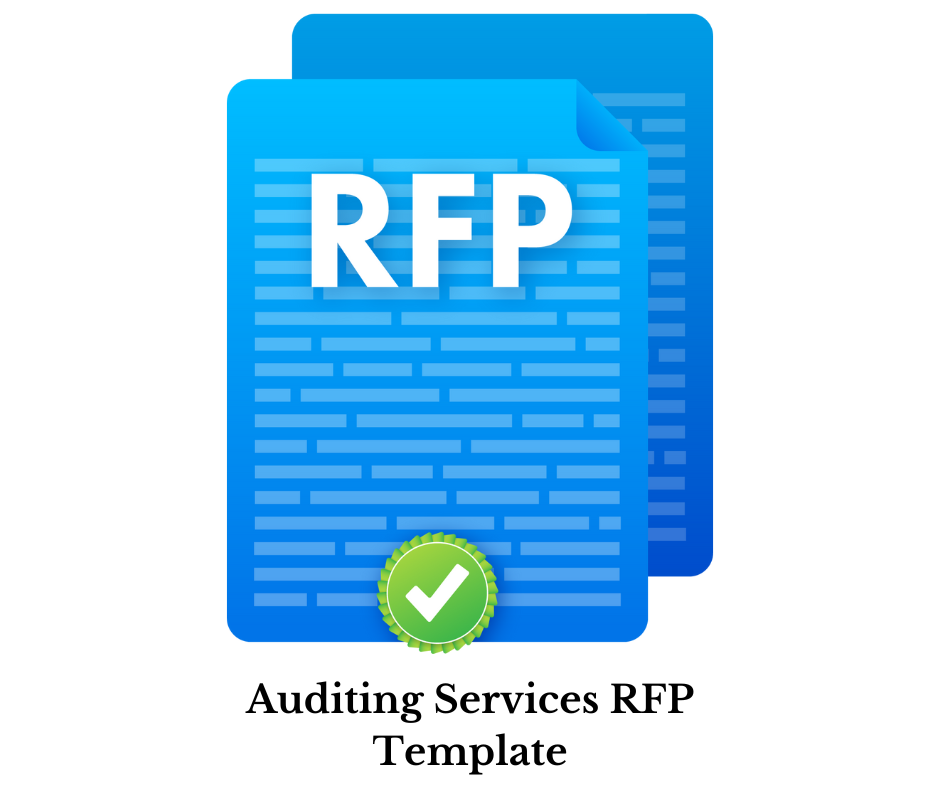TEXPERS Hosts RFP List Making it Easy for Vendors to Find Proposals
TEXPERS has a section on its website where it publishes requests for proposals, those public documents that announce a project and invite proposals from service providers.
TEXPERS posts these documents on behalf of our public employee System Members at no cost as a perk of their membership. The documents on our site, also known as RFPs, are listed by subject, plan, location, and submission deadline. And the RFPs can be downloaded.
Check out the latest RFP for Actuarial Services. Visit www.texpers.org/latest-rfps to access it and others as they are submitted.
Funds. Have an RFP? Send it to TEXPERS. Email [email protected].
What's an RFP?
In a request for proposal, vendors are asked questions and given space to respond. By using it, a fund can make an informed and unbiased decision.
What Should Be in an RFP?
Asking the right questions isn't enough when it comes to RFPs. Typically, you begin with information about your fund, the project, and the process. Typical RFP sections and information order are as follows:
- High-level overview or summary of needs
- Fund introduction and background
- Goals and project scope
- Budget
- Minimum vendor requirements
- Evaluation and submission criteria
- RFP timeline
- Terms and conditions
- Attachments
There isn't a standardized RFP format. Erin Hawkins at RFP360 suggests going simple. In the video below, University of Illinois at Urbana-Champaign Professor Mark Wolters offers variations:
The RFP Process
Writing the RFP is just part of the process of the proposal. There are six steps to the overall strategy, according to DesignRush, an online business-to-business marketplace.
- Assemble Your Team. Put together a team responsible for putting the RFP together; assign a project manager.
- Collect Business & Solution Requirements. To understand the fund's needs, provide prospective vendors with background and context. Vendors can respond more effectively when they know what issues to address. Explain the project's purpose, its objectives, the fund's evaluation criteria, and any supplemental requests.
- Draft the RFP. Include the following structure in your proposal request: an introduction, company background, project description, proposal requirements, vendor expectations, selection criteria, and timelines.
- Distribute Your RFP. Distribute Your RFP to potential vendors after it has been written and reviewed. You can create an RFP webpage with an online form that requests all relevant information and a downloadable, editable version. You should also email the document to potential vendors and include a link to the RFP website in the email. And email the copy to TEXPERS for its free listing service.
- Review Vendor Responses. After receiving vendor responses, review the proposals and select the most qualified provider. Submissions should be timely and adequate. Verify the vendor's experience. Ensure the vendor is a member of a reputable organization or trade association. Look for a vendor with experience working with the market or other funds providing similar services. Next, narrow your list to two or five and set up a virtual or live interview to learn more about their team and processes.
- Negotiate & Sign the Contract. Identify the best fit for your project and negotiate the terms. Rates are not the only factor to consider. Once both parties agree on the terms of the contract, the request for proposal is completed. RFPs are completed once those are agreed upon, the fund's board approves, and the contract is signed.
Here are RFP template documents you can download
About the Author: Allen Jones is director of communications and event marketing for TEXPERS.


